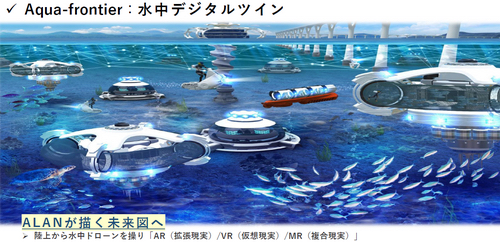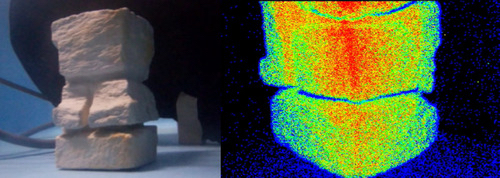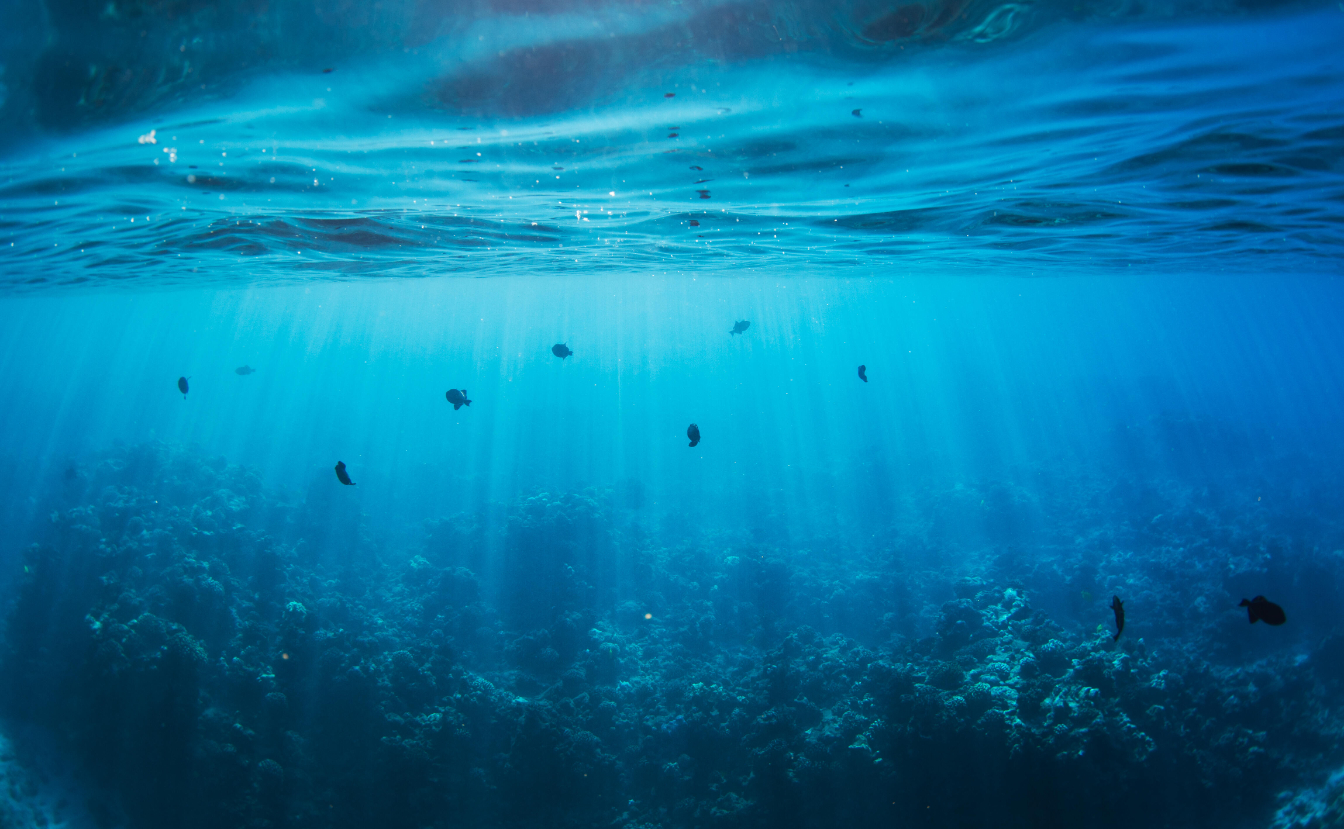J-STORIES - A joint project by a Japanese research organization and a private company has successfully tested an underwater system that can transmit information at speeds similar to communication networks on land.
The Japan Agency for Marine-Earth Science and Technology (JAMSTEC) and Trimatiz, a startup working on optical high-speed control technology, have announced the results of experiments conducted last November at a depth of around 1,000 meters in Sagami Bay, south of Tokyo, where researchers wirelessly transmitted data for 100 meters at a rate of 1 gigabit per second.
The system combines Trimatiz’s proprietary high-speed optical communication and control technology with JAMSTEC's undersea optical technology, and the results prompted the two outfits to predict an imminent "paradigm shift in the field of underwater wireless communication technology.”

Indeed, with such high-speed underwater wireless technology there is potential for a variety of untapped applications. Among them are those involving ocean development and river management, and even underwater “tours” using remote-controlled robots from land.
One of the reasons for the technology's potential impact is the difficulties posed for radio waves to penetrate water, which has hindered high-capacity wireless communications to date.
Currently, acoustic communication systems are the main method of transmitting information underwater. Although they work over long distances they tend to suffer from interference and can only send a limited amount of data, totaling several tens of kilobits per second at the most.
Although many countries are working on systems that use laser light instead, these are still limited to the megabit level, which is 1,000 times more than acoustic underwater communication, but far less than a terrestrial cellphone, for example.
Now this joint project in Japan seems to have found a way to take similar land-based connection speeds below the waves.

And in anticipation of its success, Trimatiz is already working on a number of new underwater businesses that might tap its technology.
For example, underwater LiDAR (light detection and ranging) could be used in fish farming to remotely measure the size of fishes via 3D imaging and decide how much feed they require. Another application of significance for the environment is the use of wirelessly controlled underwater drones to monitor ocean plastics and water CO2 concentrations in real time.
It could also be used to check piers and docks for damage or deterioration, monitor water quality, or inspect ship hulls. The company also envisages the possibility of “underwater tours,” where people on land can explore the marine world using remote devices.

Trimatiz CEO Takeshi Shimada told J-Stories that as the population of people involved in diving work ages, their work could be taken on by people on land operating robots. "Also, by using the robots to link the aquatic environment with land, bedridden elderly people could explore the sea using avatars, or children could experience marine creatures in underwater aquariums without having to enter the sea,” he added.
Shimada said that the company plans to have technology such as an Aqua Local Area Network (ALAN) ready for practical use by around 2030.
Translation by Tony McNicol
Top page photo by EpicStockMedia/Envato
For inquiries about this article, please contact jstories@pacficbridge.jp
***
***
Click here for the Japanese version of the article.


![[Podcast] Japanese technology to supercharge human fertility (Part 4)](https://storage.googleapis.com/jstories-cms.appspot.com/images/1768443226894unnamed-5_smallthumbnail.jpg)

![[Podcast] Japanese technology to supercharge human fertility (Part 3)](https://storage.googleapis.com/jstories-cms.appspot.com/images/1766558713084place-for-scientific-research-2025-03-07-14-08-49-utc%20(1)_smallthumbnail.jpeg)

![[Podcast] Japanese technology to supercharge human fertility (Part 4)](https://storage.googleapis.com/jstories-cms.appspot.com/images/1768443226894unnamed-5_bigthumbnail.jpg)

![[Podcast] Japanese technology to supercharge human fertility (Part 3)](https://storage.googleapis.com/jstories-cms.appspot.com/images/1766558713084place-for-scientific-research-2025-03-07-14-08-49-utc%20(1)_bigthumbnail.jpeg)
![[Interview: Part 2] A digital approach to tackle child hunger in Japan with dignity](https://storage.googleapis.com/jstories-cms.appspot.com/images/1766130666509unnamed_bigthumbnail.jpg)
![[Podcast] Japanese technology to supercharge human fertility (Part 2)](https://storage.googleapis.com/jstories-cms.appspot.com/images/1765863548035unnamed-7_bigthumbnail.jpg)
![[Podcast] Japanese technology to supercharge human fertility (Part 1)](https://storage.googleapis.com/jstories-cms.appspot.com/images/1765440905082unnamed_bigthumbnail.jpg)
_bigthumbnail.jpeg)


![[Interview] When digital and physical worlds meet](https://storage.googleapis.com/jstories-cms.appspot.com/images/1747974430456unnamed-2_smallthumbnail.png)

![[Interview] How Japanese musician Grover turned his passion of ‘sound’ into a health-tech startup](https://storage.googleapis.com/jstories-cms.appspot.com/images/1746181078493R7__1407_smallthumbnail.jpg)


_smallthumbnail.jpeg)

![[Interview: Part 1] From nourishing souls to feeding the hungry](https://storage.googleapis.com/jstories-cms.appspot.com/images/1763695595492unnamed_smallthumbnail.jpg)

